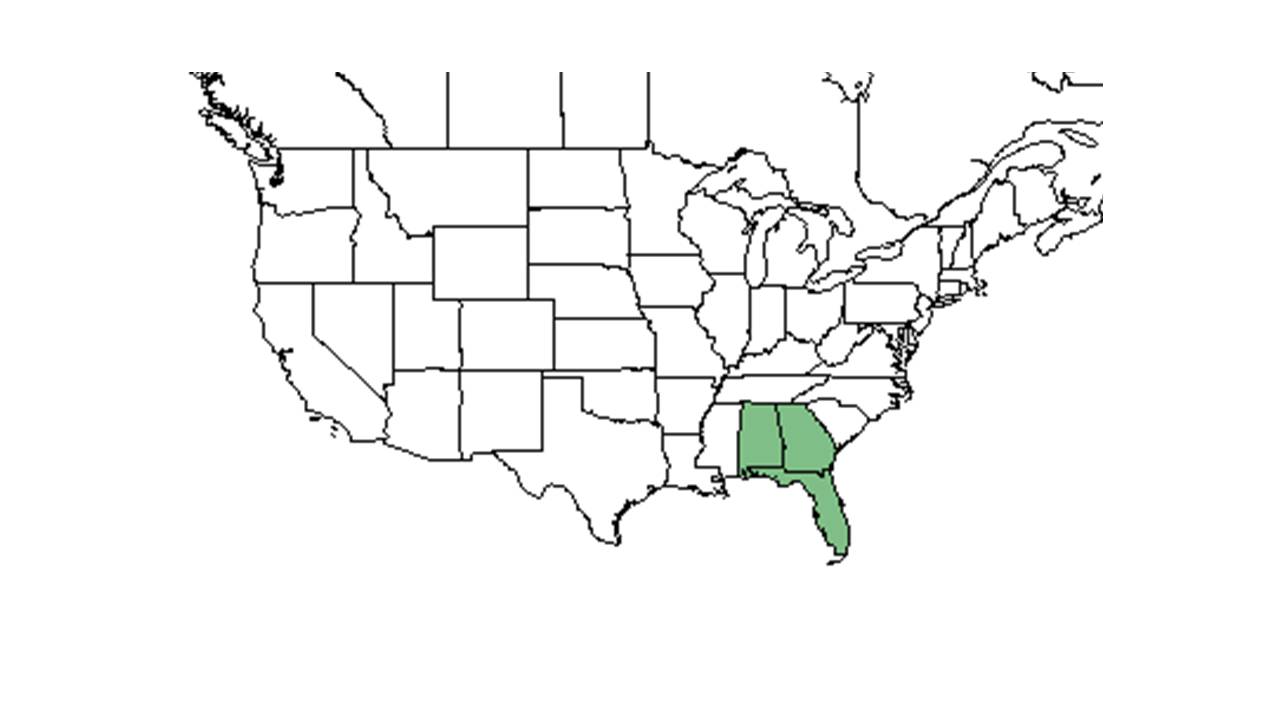Difference between revisions of "Agalinis divaricata"
(→Description) |
|||
| Line 19: | Line 19: | ||
==Description== | ==Description== | ||
<!-- Basic life history facts such as annual/perrenial, monoecious/dioecious, root morphology, seed type, etc. --> | <!-- Basic life history facts such as annual/perrenial, monoecious/dioecious, root morphology, seed type, etc. --> | ||
| + | It is an annual plant. <ref name="Hogg 1983> | ||
| + | |||
==Distribution== | ==Distribution== | ||
Agalinis tenuifolia is the most widely distributed throughout eastern North America | Agalinis tenuifolia is the most widely distributed throughout eastern North America | ||
Revision as of 20:15, 8 June 2015
| Agalinis divaricata | |
|---|---|
Error creating thumbnail: Unable to save thumbnail to destination
| |
| Scientific classification | |
| Kingdom: | Plantae |
| Division: | Magnoliophyta - Flowering plants |
| Class: | Magnoliopsida - Dicotyledons |
| Order: | Scrophulariales |
| Family: | Scrophulariaceae |
| Genus: | Agalinis |
| Species: | A. divaricata |
| Binomial name | |
| Agalinis divaricata (Chapm.) Pennell | |

| |
| Natural range of Agalinis divaricata from USDA NRCS Plants Database. | |
Contents
Description
It is an annual plant. Cite error: Closing </ref> missing for <ref> tag
Ecology
Habitat
Agalinis tenuifolia commonly grows in distrubred sites, including clear cut areas. Large populations may also be found growing at the margins of ditches and in other wet or moist habitats. [1] It can be found in undisturbed grasslands and areas with low soil nutrients. Native vegetation, often including Agalinis tenuifolia, can be completely destroyed and replaced by weeds and soil nutrients increase dramatically when Ring-billed Gulls and other species of gulls nest from April to June. [2]